Believe it or not, there is a time when role-playing games are not the most sought-after video game titles. During those times, only small circles of gamers appreciate the genre and most of them do not have the original Game Boy as the platform of choice. Nevertheless, a great deal of RPGs got released on it, and here are the top seven RPGs on the original Game Boy.
Best game boy rpgs
7. Sword of Hope
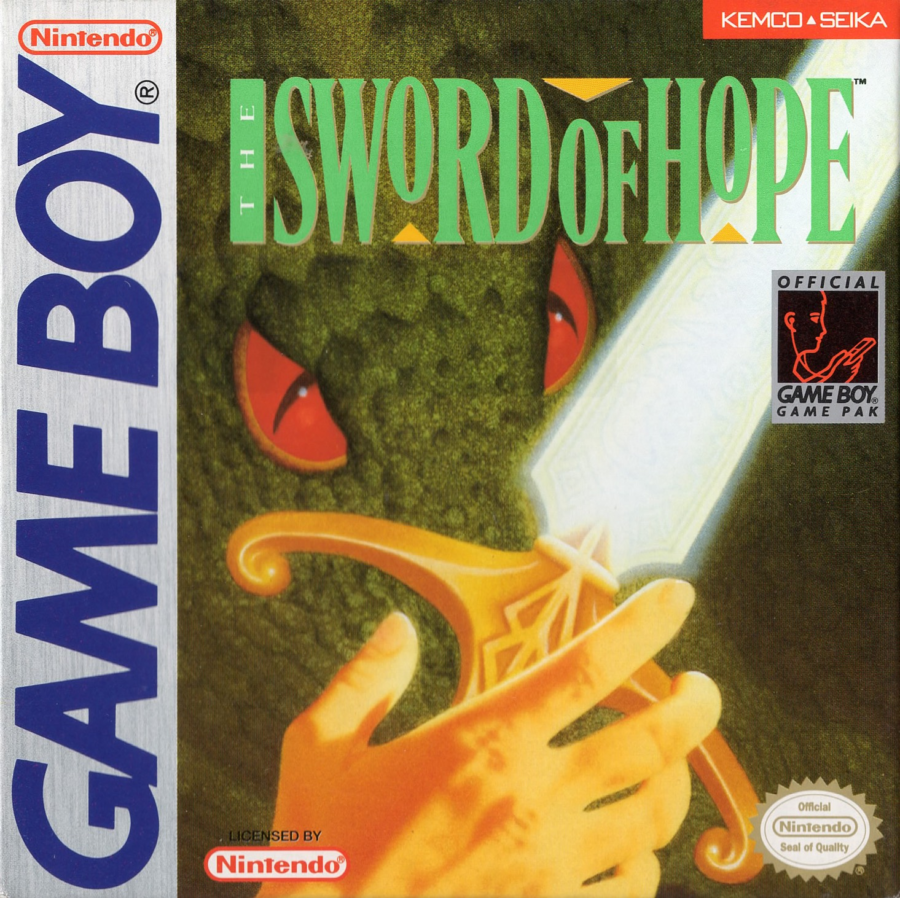
Sword of Hope, which was released in the early 90s exclusively for the original Game Boy, is a highly rare game that did not receive much attention or popularity. Its lack of popularity can perhaps be attributed to the presence of better games released during that time. However, there are only a few RPGs on the original Game Boy that surpass Sword of Hope in quality.
In this challenging RPG, players assume the role of Theo, a warrior tasked with traversing dungeons filled with minions of a powerful dragon hell-bent on destroying the world. While the premise and motivations of the protagonist and antagonist may be somewhat bland, the challenges that the game presents are all truly worth experiencing, despite the mediocre narrative.
The core gameplay itself is refreshingly straightforward. The true sources of the player’s hardships often lie in battling formidable bosses and navigating complex, labyrinthine dungeons.
6. Gargoyle’s Quest II
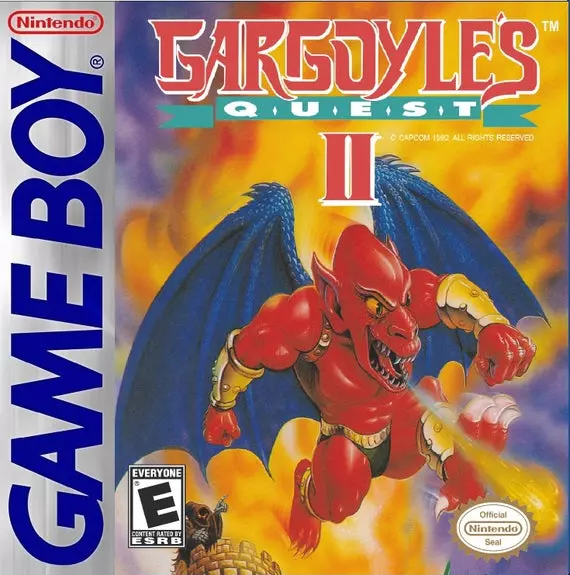
Gargoyle’s Quest II may be on the tail-end of this best-of list, but it is certainly the most unique RPG in this countdown. This game mixes platforming and action, but the core gameplay is heavily role-playing.
The game features an overworld map like RPGs, but when encountering enemies, it switches to side-scrolling action scenes. While it may remind players of Zelda II, Gargoyles Quest goes a step further by incorporating hidden items and NPCs on the world map. The towns in the game resemble traditional RPG towns, offering healing, information, item purchases, and a password-based save system.
Certain areas on the world map require action sequences to progress. These sequences often lead to boss encounters and reward useful items. Unlike traditional RPGs, leveling up in Gargoyles Quest is not solely based on experience points. Instead, players can enhance their strength by finding special items or performing favors from certain individuals, thus gaining new abilities and increased strength.
5. Great Greed
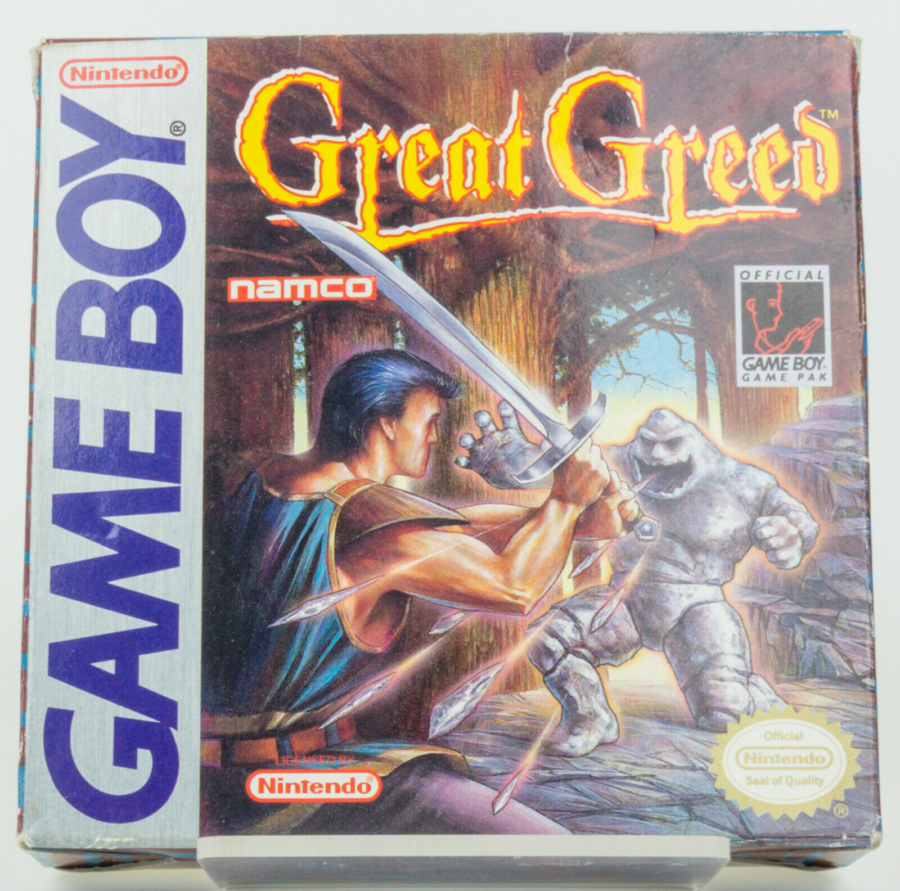
The original Game Boy appeared to serve as an experimental playground for game developers. Great Greed, an RPG, offers unique aspects that may have been commonplace in modern games. However, it is nearly unimaginable that these core mechanics were already conceived at the time of its release.
Great Greed introduces an innovative real-time battle system where inaction prompts automatic enemy attacks. The combat mechanics deviate from traditional menu-based systems, with dodging assigned to B, attacking to A, and magic spells controlled by the directional pad, allowing different spells to be cast with each direction. This dynamic system necessitates full attention and cat-like agility for survival.
4. Final Fantasy Legend II

The Final Fantasy franchise is an RPG royalty. Yet at this point, Square’s cash-money franchise is niche as the niche goes. Final Fantasy Legend II is one of the more unique Final Fantasy games ever released. It almost had nothing in common with the franchise other than sharing the name and the genre.
Final Fantasy Legend II offers players the choice to select their main character at the beginning, with options ranging from different genders to species such as humans, mutants, robots, or monsters. Subsequently, three additional characters can be chosen, sometimes accompanied by NPCs to round out the party. Each character type excels in different areas, with mutants being proficient in magic, humans in weapons, monsters capable of transforming by devouring defeated foes, and robots benefiting from better equipment.
The game implements a system where weapons and items have a limited number of uses, and as they are used more frequently, they become more powerful. Breath of the Wild durability system is similar but does not have the risk-reward angle. However, players must strategically manage their usage, as weapons can break, and items can be depleted.
Replay value is Final Fantasy Legends II’s greatest attribute. The game offers a distinct experience when players role-play as a robotic main character compared to choosing to dive into the game as a mutant. Similarly, the composition of the party greatly influences the gameplay, providing varied and unique experiences with each different combination.
3. Rolan’s Curse 2
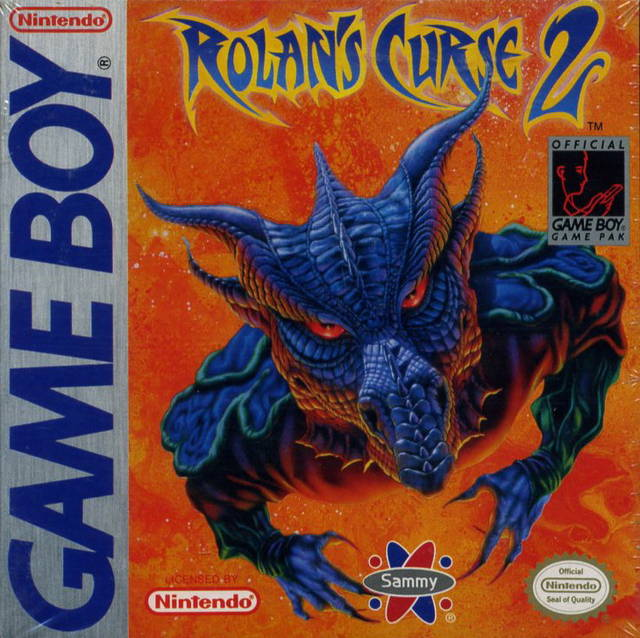
Rolan’s Curse is almost always reduced to the “we have The Legend of Zelda at home” punchline in decades. But this original Game Boy RPG packs a lot of innovations that it separates itself from one of the most popular video game franchises. The sequel builds upon its predecessor and drastically improves.
The story remains somewhat thin, centered around the protagonist’s quest to stop the evil king Barius. However, the game introduces additional characters with their own backstories, allowing players to gain new party members and showcasing the impact of the turmoil.
Gameplay follows a top-down view exploration of an overworld, reminiscent of Legend of Zelda. Notably, leveling up occurs by finding portraits in treasure chests, and enhancing sword and magic strength. Up to three party members can be recruited, each with their attacks and magic, adding variety to the gameplay. The game features distinct bosses, healing villages, and the ability to collect useful items left behind by monsters.
2. Ninja Boy 2
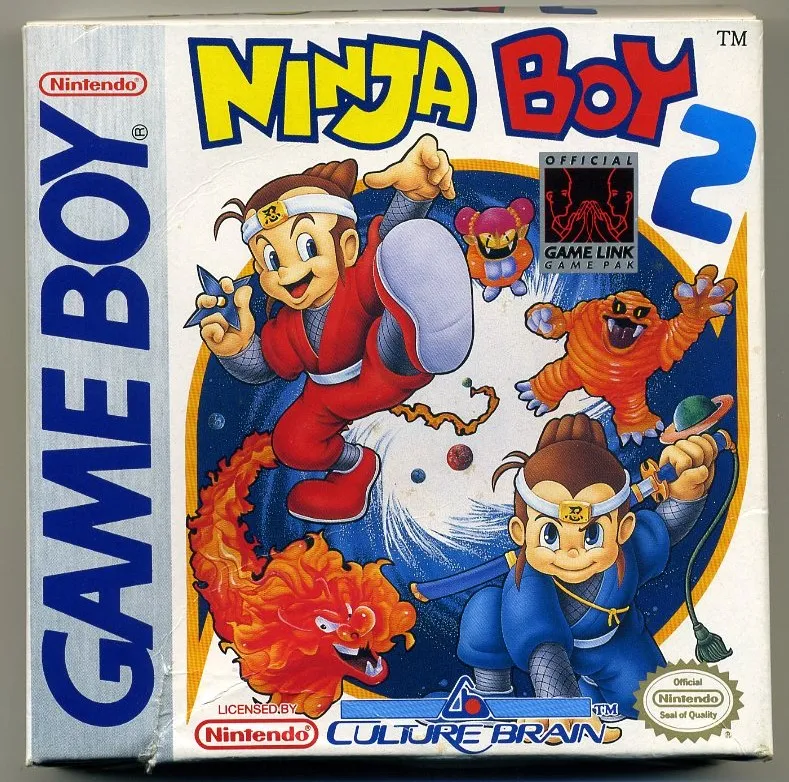
The original Game Boy had a platforming RPG in Gargoyle’s Quest. It had one of the first implementations of RTB on RPG in Great Greed. It also had a beat-’em-up RPG in Ninja Boy 2.
Ninja Boy 2 story follows heroes Jack and Ryu as they face unexpected challenges after their spaceship is attacked. Yes, ninjas are on spaceships. The game features linear progression, allowing players to explore towns, purchase equipment, and engage in unique combat encounters.
Similar to other RPGs, players explore different locations, purchase equipment, and gather information from townspeople. However, the random battles in this game take on a beat-’em-up style, allowing players to freely move around and attack enemies. These battles involve casting spells and encountering traps like water and pits on the battlefield. Boss battles, on the other hand, follow a menu-based RPG format, where players have limited control over the moves performed by characters like Jack and Ryu. Options include normal attacks, spell usage, item utilization, and more. The battle systems in this game offer a unique twist compared to most RPGs.
1. Pokémon Red and Blue Versions
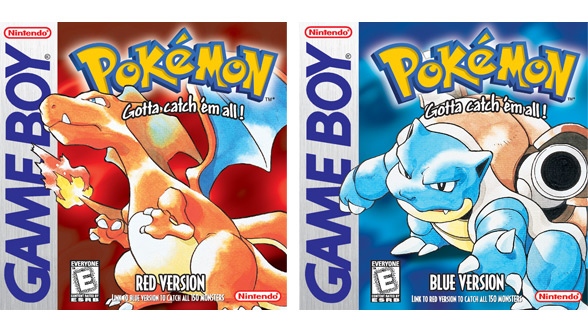
Pokémon Red and Blue set the foundation for a franchise that has endured for decades, and their influence can still be felt in the Pokémon games of today. The impact they had on popular culture cannot be overstated. The monster-collecting franchise arguably has the most rabid fanbase, screaming and threatening to drop the franchise due to various reasons. And yet, Game Freak only takes the path it makes, not listening to the communities feedback for decades now.
Pokémon games owe their popularity to how accessible they are. Seven-year-olds will find it impossible to play the games on this list except for these titles. Pokemon stands out with its easy-to-understand mechanics and forgiving difficulty, making it accessible for players of all skill levels. Additionally, the core mechanic of collecting and training monsters apparently has a crack-like effect. Red or Blue, any of these Pokémon titles possess enduring gameplay in their most basic form.
